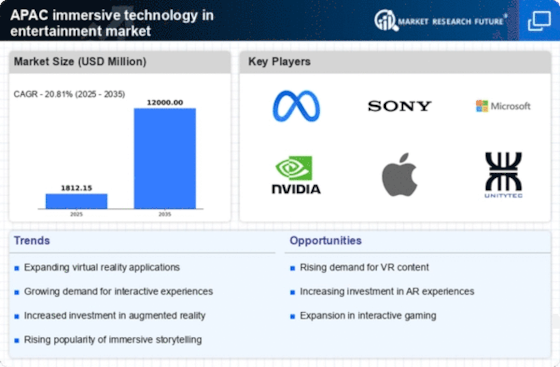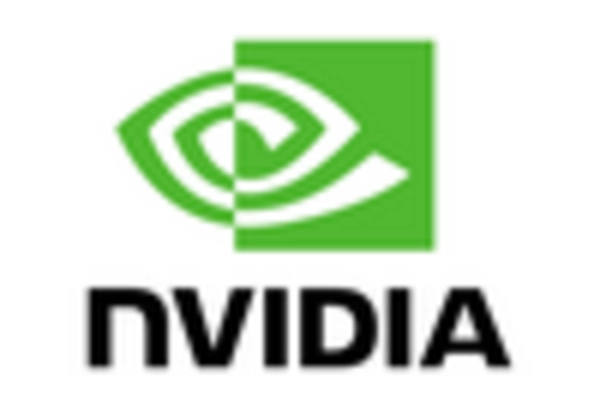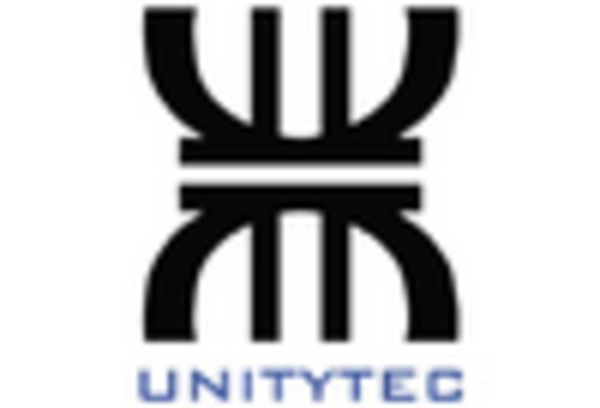China : A Hub for Innovation and Growth
China holds a commanding market share of 40% in the immersive technology-in-entertainment sector, valued at $600.0 million. Key growth drivers include rapid urbanization, a tech-savvy population, and significant investments in 5G infrastructure. Government initiatives, such as the "Digital China" strategy, promote the integration of immersive technologies in entertainment, enhancing demand trends for VR and AR applications. The country's robust industrial development supports a thriving ecosystem for tech startups and established players alike.
India : Youthful Demographics Drive Growth
India's immersive technology market is valued at $300.0 million, accounting for 20% of the APAC share. The youthful population and increasing smartphone penetration are significant growth drivers. Demand for immersive experiences in gaming and education is rising, supported by government initiatives like "Digital India". The local market is witnessing a surge in AR and VR content creation, driven by favorable regulatory policies and investments in digital infrastructure.
Japan : Cultural Integration of Immersive Tech
Japan's immersive technology market is valued at $250.0 million, representing 16.67% of the APAC market. The country benefits from a strong gaming culture and advanced technological infrastructure. Key growth drivers include the integration of VR in entertainment and education sectors, supported by government initiatives promoting digital innovation. The demand for high-quality immersive experiences is evident in the popularity of VR gaming and virtual concerts.
South Korea : Entertainment Meets Cutting-Edge Technology
South Korea's immersive technology market is valued at $200.0 million, making up 13.33% of the APAC share. The country's strong focus on technology and entertainment drives growth, with significant investments in 5G and AI. Government policies encourage the development of immersive content, particularly in gaming and virtual reality experiences. The competitive landscape features major players like Samsung and LG, enhancing local market dynamics.
Malaysia : Strategic Location for Tech Development
Malaysia's immersive technology market is valued at $50.0 million, accounting for 3.33% of the APAC market. The growth is driven by increasing smartphone usage and government initiatives to promote digital economy. Demand for immersive experiences in tourism and education is rising, supported by investments in digital infrastructure. The local market is characterized by a burgeoning startup ecosystem focused on AR and VR applications.
Thailand : Tourism and Entertainment Synergy
Thailand's immersive technology market is valued at $40.0 million, representing 2.67% of the APAC share. The growth is driven by the tourism sector's demand for immersive experiences, such as virtual tours and AR applications. Government initiatives to promote digital innovation support this trend. Key cities like Bangkok and Chiang Mai are emerging as hubs for immersive content creation, attracting both local and international players.
Indonesia : Rapid Growth in Digital Adoption
Indonesia's immersive technology market is valued at $30.0 million, making up 2% of the APAC market. The rapid digital adoption among the population is a key growth driver, with increasing interest in gaming and entertainment. Government initiatives to enhance digital infrastructure support this trend. The competitive landscape is evolving, with local startups focusing on AR and VR applications, particularly in education and entertainment sectors.
Rest of APAC : Varied Growth Across Sub-Regions
The Rest of APAC's immersive technology market is valued at $30.0 million, representing 2% of the overall market. This sub-region includes diverse markets with varying growth drivers, such as tourism, education, and gaming. Government initiatives to promote digital transformation are evident in several countries. The competitive landscape features a mix of local and international players, each catering to unique market demands and preferences.


















Leave a Comment